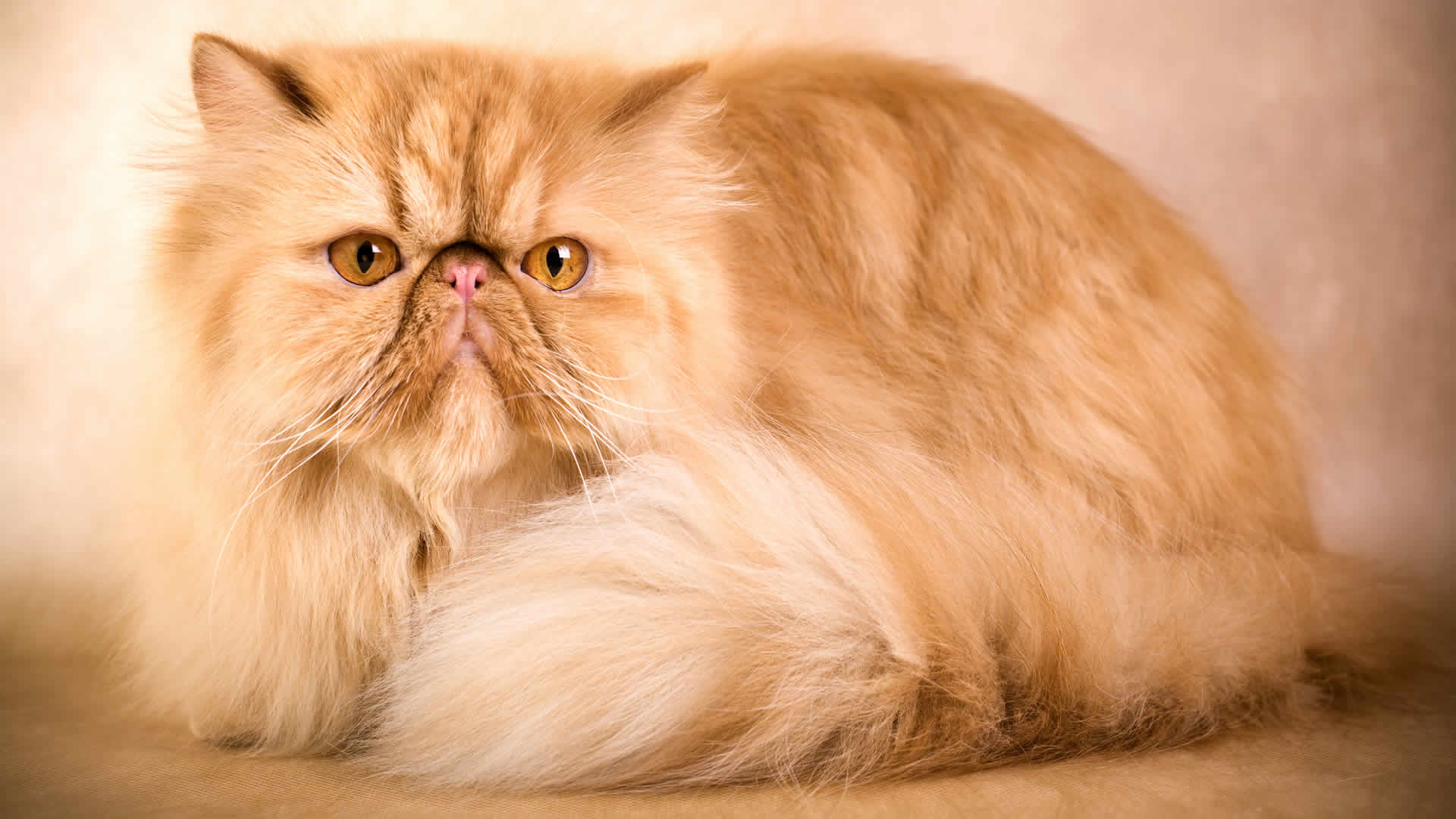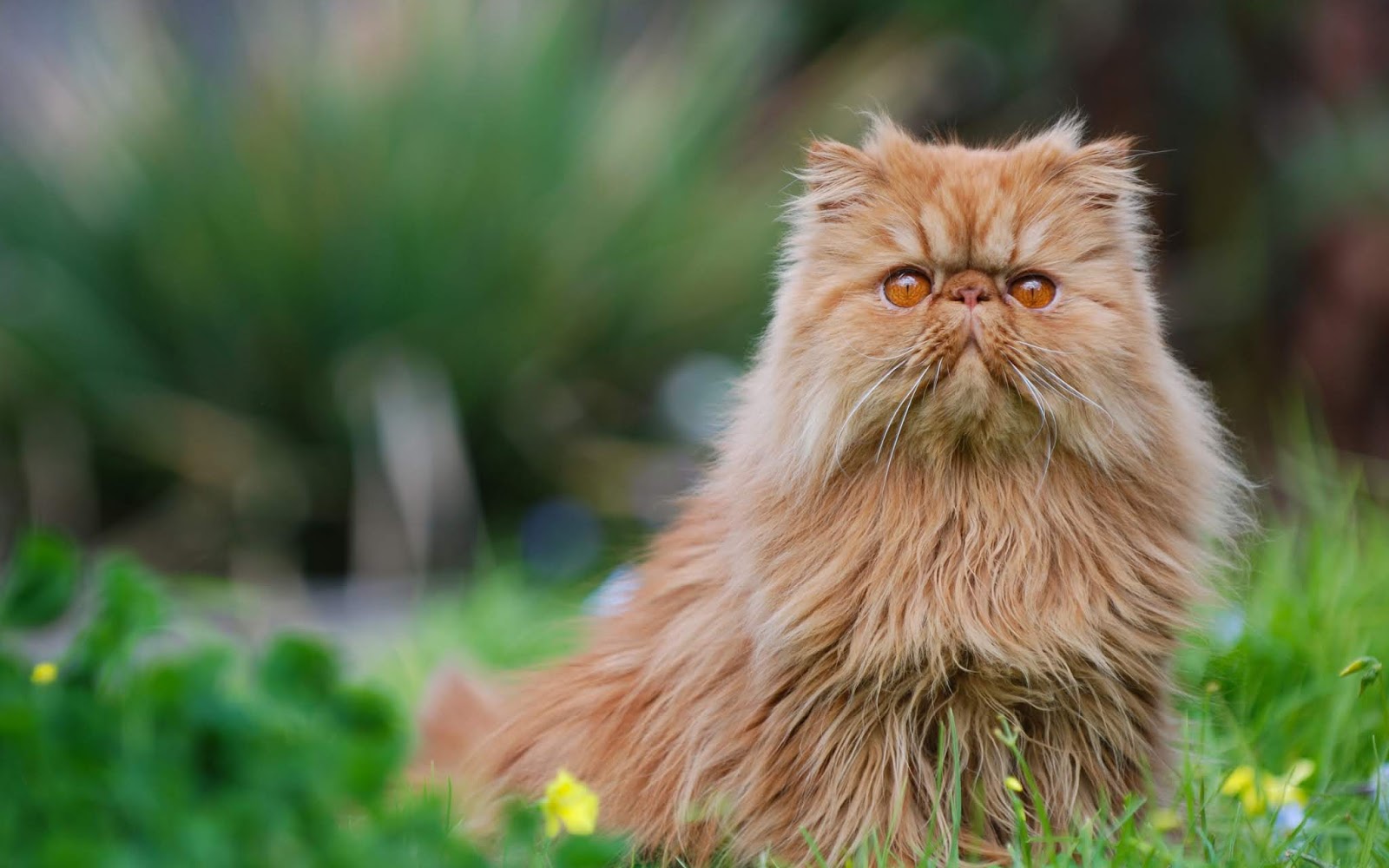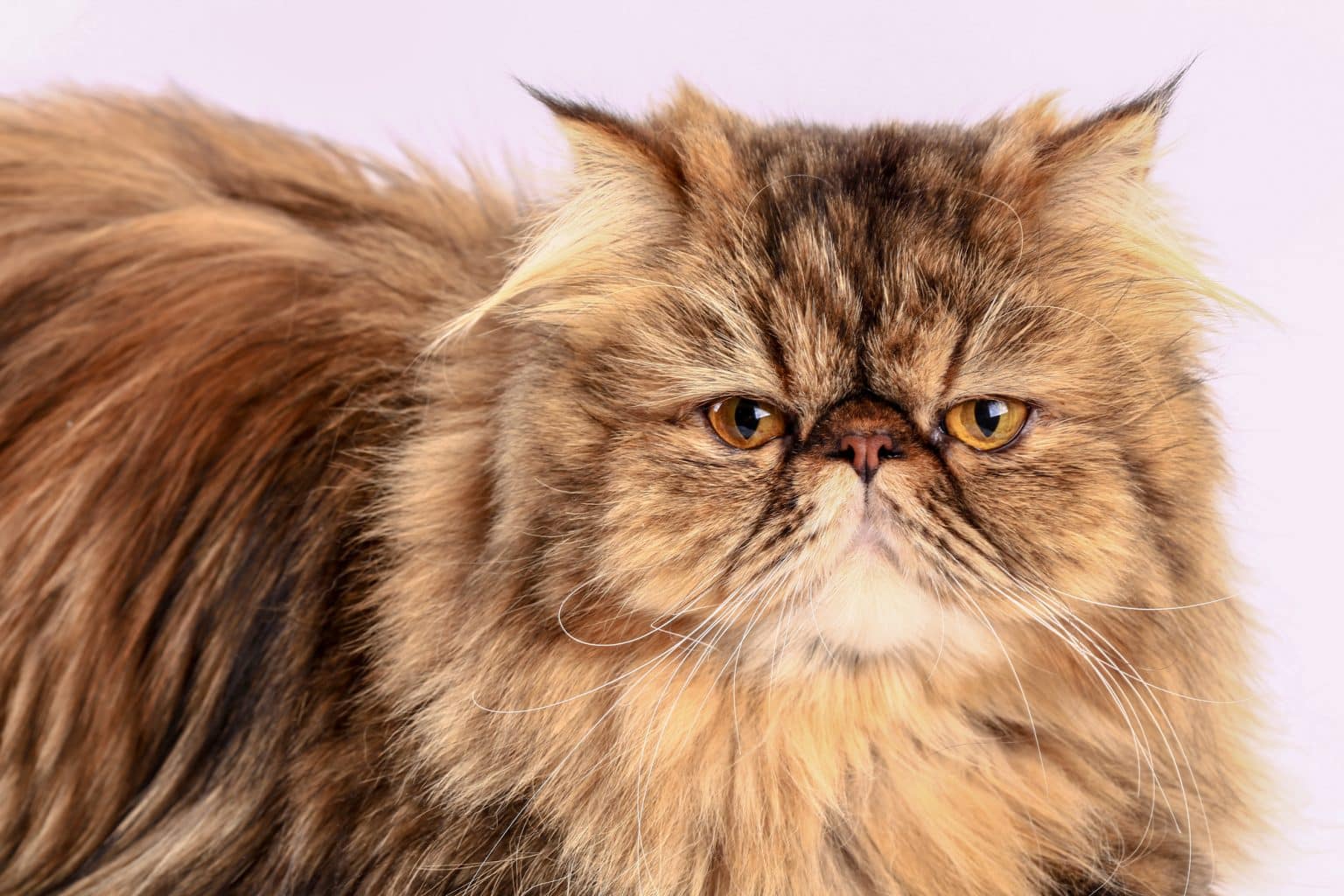Persian (Traditional): The Classic and Graceful Long-Haired Cat

History of the Traditional Persian
The Traditional Persian, also known as the “Doll-Faced Persian,” is one of the oldest and most beloved cat breeds in the world. Unlike the Modern Persian, which has an extreme flat face due to selective breeding, the Traditional Persian retains its original, more natural appearance with a longer nose and a balanced facial structure.
The breed dates back to the 1600s, when long-haired cats from Persia (modern-day Iran) and Turkey were brought to Europe by traders and explorers. Over time, they were refined into the luxurious, long-haired breed we know today. The Traditional Persian remains a favorite among cat lovers who appreciate its beauty, affectionate nature, and more natural health profile compared to the Modern Persian.
Popularity of the Traditional Persian
The Traditional Persian is one of the most famous and widely loved cat breeds worldwide, particularly in Europe, North America, and the Middle East. It is a favorite among cat owners who prefer a long-haired Persian with a healthier facial structure.
Physical Traits of the Traditional Persian
The Traditional Persian is a medium-to-large cat with a soft, flowing coat and a sweet, expressive face.
• Coat: Long, thick, and silky, requiring regular grooming.
• Colors: Found in over 100 color variations, including solid, tabby, bi-color, Himalayan, and smoke.
• Size: Medium to large, weighing between 8 to 15 pounds.
• Head & Expression: Round head with a slightly longer nose than the Modern Persian, large expressive eyes, and a soft, doll-like appearance.
• Ears: Small, rounded, and set wide apart on the head.
• Tail: Long and fluffy, often carried gracefully.
• Body: Sturdy and muscular, with a broad chest and short, strong legs.
Behavioral Traits of the Traditional Persian
The Traditional Persian is known for its gentle, affectionate, and calm nature, making it an ideal indoor companion.
• Highly Affectionate: Loves spending time with its owner and enjoys cuddles.
• Quiet and Relaxed: Not overly vocal but communicates with soft purrs and meows.
• Prefers a Calm Environment: Thrives in peaceful homes with a predictable routine.
• Playful but Not Hyperactive: Enjoys interactive toys and gentle play sessions.
• Independent yet Loving: Content to relax alone but also enjoys human interaction.

Why Choose a Traditional Persian?
For those looking for a beautiful, affectionate, and low-energy cat, the Traditional Persian is an excellent choice.
• Perfect for Indoor Living: Thrives in quiet, relaxed households.
• Loyal and Loving: Forms strong bonds with family members.
• Elegant and Classic Appearance: Retains the grace and charm of the original Persian breed.
• Calm and Gentle: A wonderful lap cat and ideal for stress-free homes.
• Healthier than the Modern Persian: Fewer breathing issues due to a more natural facial structure.
Caring for Your Traditional Persian
The Persian requires consistent grooming, routine care, and a balanced diet to stay healthy and happy.
• Grooming:
o Daily brushing is recommended to prevent mats and tangles.
o Regular eye cleaning helps prevent tear staining.
• Exercise: Needs gentle daily play to maintain a healthy weight.
• Mental Stimulation: Enjoys puzzle feeders, soft toys, and interactive games.
• Nutrition: A high-protein diet supports their long coat and muscular build.
• Companionship: Prefers a consistent environment and gentle interactions.
Health Considerations
The Traditional Persian is generally healthier than the Modern Persian, but still requires regular care. Some concerns include:
• Polycystic Kidney Disease (PKD): A genetic condition found in some Persian lines. Responsible breeding helps prevent this.
• Dental Issues: Due to their small jaws, regular dental cleanings are essential.
• Obesity Prevention: Needs moderate exercise to maintain a healthy weight.
• Eye Care: May require routine eye cleaning due to tear stains.
• Heat Sensitivity: Prefers cooler indoor temperatures due to its thick coat.

Comparisons to Other Breeds
Compared to the Modern Persian, the Traditional Persian has a longer nose, fewer respiratory issues, and a more natural look, whereas the Modern Persian has a flatter face and a more exaggerated appearance. Unlike the Ragdoll, which is also affectionate, the Traditional Persian is less active and more independent.
Compared to the British Longhair, which has a stockier build, the Traditional Persian has a softer, more refined body shape and longer fur.
Is the Traditional Persian Right for You?
The Traditional Persian is perfect for cat lovers who want a calm, affectionate, and elegant pet. If you enjoy grooming, quiet companionship, and a loyal feline friend, the Persian will be a wonderful choice.
However, if you prefer a low-maintenance cat with short fur or a highly active breed, this cat may not be the best fit.
Ready to Welcome a Traditional Persian?
United Pet Club is here to help you find the perfect Traditional Persian companion. Whether you're looking to adopt or connect with trusted breeders, we provide valuable resources to guide you every step of the way.
Explore our platform to learn more about Persian cats, their history, and how to care for them. Contact United Pet Club today to start your journey with this classic and elegant feline!
